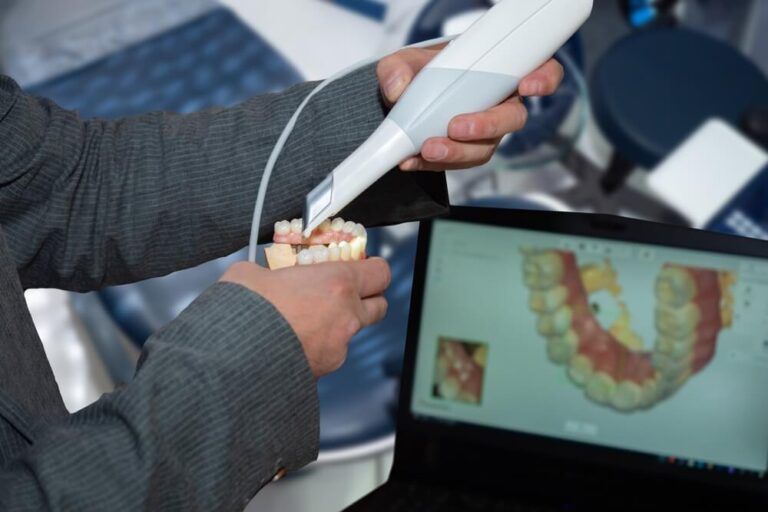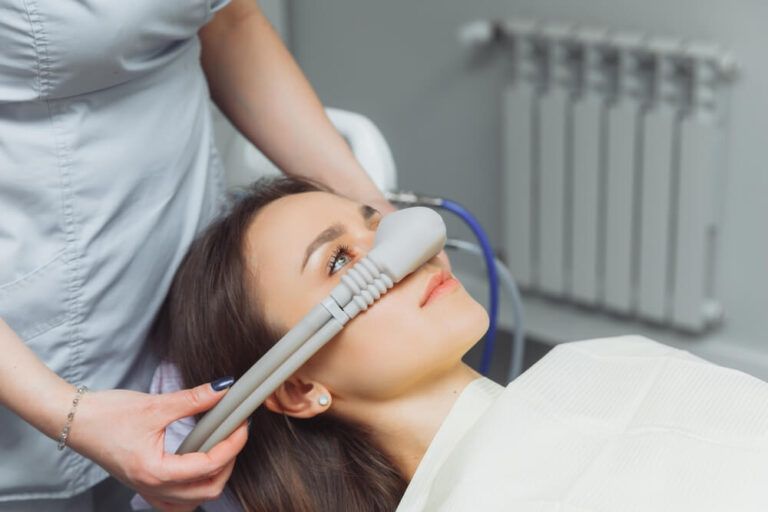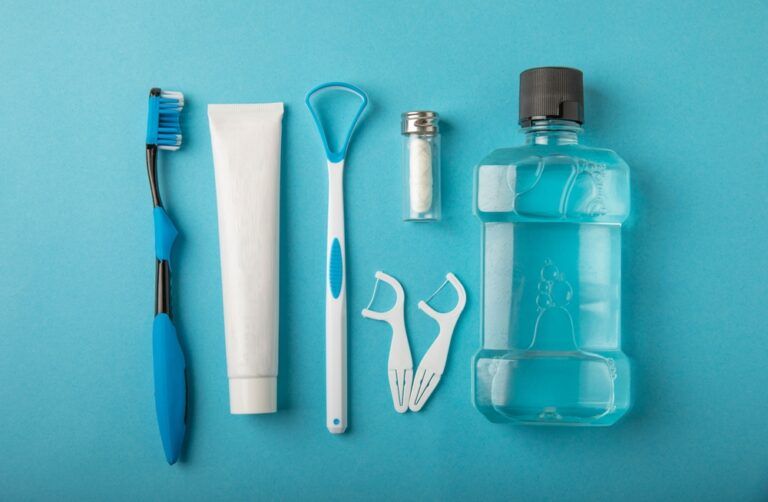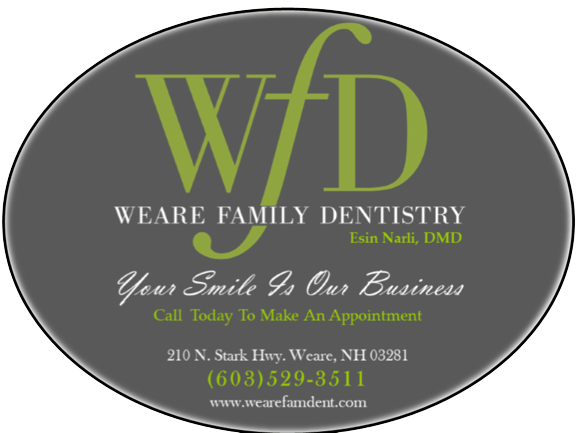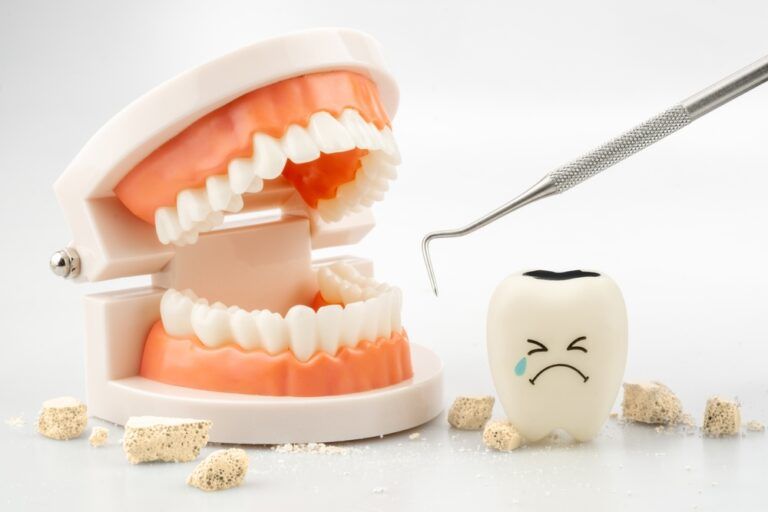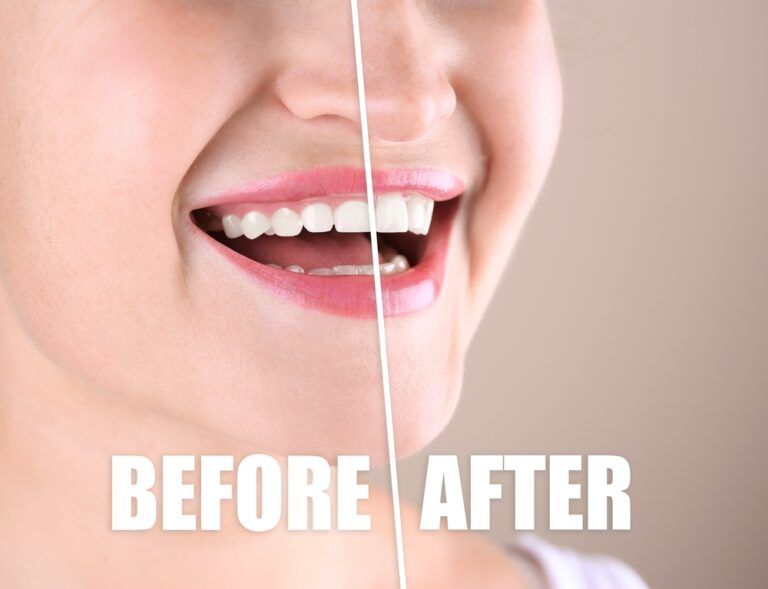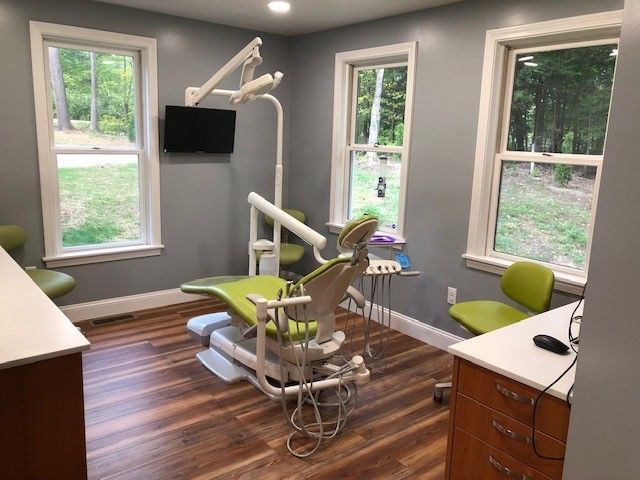Choosing the right dental professional, whether a dentist or an orthodontist, is essential for maintaining good oral health and achieving the smile you desire. For those living in Weare, NH, finding a provider who meets both clinical needs and personal comfort preferences can make all the difference in the quality of care and patient experience. At Weare Family Dentistry, Dr. Esin Narli understands how important it is to make an informed decision when selecting a dental care provider. This article explores what to look for when choosing a dentist or orthodontist to ensure you receive the best possible treatment.
Understanding the Difference Between a Dentist and an Orthodontist
Before diving into selection criteria, it is helpful to understand the roles that dentists and orthodontists play. A dentist is a primary care provider who focuses on the overall health of your teeth, gums, and mouth. Dentists perform preventive care such as cleanings and exams, diagnose and treat cavities, gum disease, and other dental conditions, and may offer cosmetic and restorative procedures.
Orthodontists are dental specialists who have undergone additional training beyond dental school, focusing primarily on correcting teeth and jaw alignment. Their work includes fitting braces, clear aligners, and other appliances to straighten teeth, correct bite issues, and improve overall dental function and aesthetics. Depending on your needs—whether routine dental care or specialized tooth alignment treatment—knowing the distinction will help you target the right professional.
Assessing Qualifications and Credentials
One of the first factors to consider when choosing either a dentist or orthodontist is their qualifications and credentials. It is important that your dental professional has graduated from an accredited dental school and holds a valid license to practice in your state. Orthodontists, in particular, should have completed an additional two to three years of specialized training in orthodontics after dental school.
In addition to formal education, certifications and memberships in professional organizations, such as the American Dental Association (ADA) or the American Association of Orthodontists (AAO), demonstrate a commitment to ongoing education and adherence to professional standards. These affiliations can also be a good indicator of a provider’s dedication to quality care and staying current with the latest advancements in dental treatment.
Experience plays a significant role as well. Dentists and orthodontists who have treated a wide range of cases often develop expertise that benefits patient outcomes. While newer providers may bring innovative techniques, a well-established professional with a strong track record can provide reassurance in complex or long-term treatments.
Evaluating Communication and Patient Comfort
Dental visits can cause anxiety for many people, so finding a provider who fosters good communication and patient comfort is vital. The best dentists and orthodontists take time to listen carefully to your concerns, answer questions thoroughly, and explain treatment options in clear, understandable terms. This open dialogue helps build trust and encourages patients to be active participants in their oral health.
Comfort also extends beyond communication to the atmosphere of the dental office and the demeanor of the staff. A welcoming environment, friendly team members, and an organized practice can ease stress and make appointments more pleasant. For orthodontic treatments that may take months or years, developing a positive rapport with your provider and their team is especially important.
Some patients may also want to consider whether sedation or other anxiety-reducing options are available, particularly if they have dental phobia or require extensive procedures. Discussing comfort preferences upfront ensures your provider can tailor the experience to your needs.
Considering Technology and Treatment Options
Modern dental technology plays a significant role in improving diagnosis, treatment effectiveness, and patient comfort. When selecting a dentist or orthodontist, it is helpful to learn about the technology and treatment options they offer. For example, digital x-rays provide faster, safer imaging with less radiation exposure. In orthodontics, 3D imaging and computer-aided design allow for precise treatment planning and customized appliances.
The availability of a wide range of treatment options can also influence your choice. Dentists may provide services ranging from preventive care to cosmetic dentistry and restorative work, while orthodontists might offer traditional braces, clear aligners, or other appliances suited to different needs and lifestyles. A provider who can customize treatment plans to fit your goals and preferences can enhance satisfaction and results.
Additionally, ask about follow-up care and how treatment progress will be monitored. Clear communication about the process and expected outcomes helps set realistic expectations and contributes to successful results.
Practical Considerations: Location, Hours, and Cost
Choosing a dental professional also involves practical factors that impact your ability to maintain regular care. Location is an important consideration, especially for orthodontic treatment that requires multiple visits over time. Selecting a provider conveniently located in or near Weare, NH, can make attending appointments easier and reduce travel time and expenses.
Office hours and appointment availability should also align with your schedule. Practices that offer flexible hours, including evenings or weekends, can better accommodate busy lifestyles or family needs.
Cost and payment options are additional critical factors. Dental care can be a significant investment, particularly for orthodontic treatments. It is important to understand the provider’s fee structure, insurance acceptance, and available financing or payment plans. Transparency about costs helps prevent surprises and allows you to plan for treatment accordingly.
Summary Checklist for Choosing a Dentist or Orthodontist
To recap, here are key points to consider when selecting the right dental professional:
- Verified education, licensing, and specialty training
- Professional affiliations and certifications
- Years of experience and treatment expertise
- Communication style and patient rapport
- Office environment and patient comfort options
- Technology and available treatment choices
- Location, hours, and convenience
- Cost transparency and payment options
Careful evaluation of these factors will help you find a provider who meets your clinical needs and supports your overall dental health journey.
Conclusion
Selecting the right dentist or orthodontist is essential to achieving and maintaining a healthy, confident smile. Whether you need routine dental care or specialized orthodontic treatment, understanding what to look for—from credentials and experience to communication and convenience—empowers you to make the best choice. For individuals and families in Weare, NH, Weare Family Dentistry values educating patients on these important decisions to support optimal oral health outcomes and a positive care experience.
Resources
- American Dental Association. (2023). Choosing a Dentist. ADA.org.
- American Association of Orthodontists. (2022). What is an Orthodontist? AAO.org.
- Newton, J. T., & Asimakopoulou, K. (2015). Patient Anxiety and Dental Care: The Role of Communication. European Journal of Oral Sciences, 123(3), 161-167.




